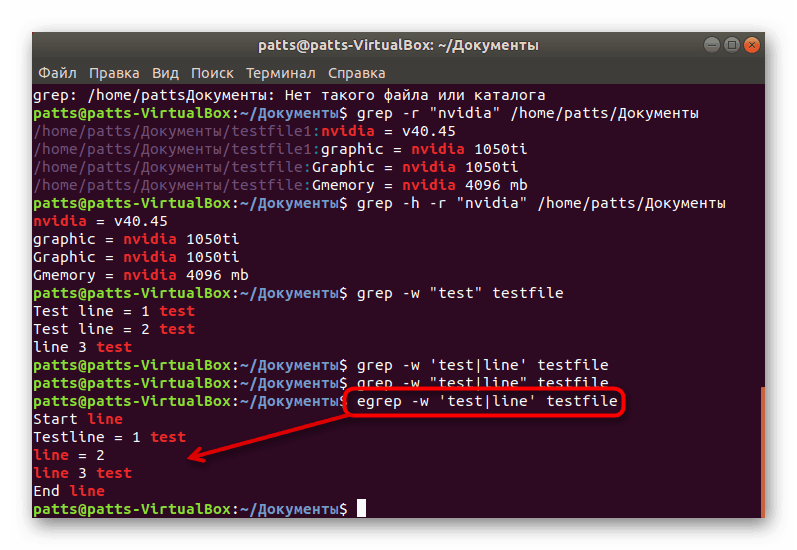

There are a lot of systems that will provide a GUI, so you can use your Linux/Unix system just like Windows or a Mac.If you want to learn more about Linux commands, such as how to use SCP command, or how to rename a file in Linux.

But remember that you don’t always need to use Linux/Unix with a command line. The GREP command is the most straightforward method of finding files within your Linux/Unix system. This can be useful when you’re looking for a specific file but don’t know the exact name. The following command will find all the files in the current directory that start with “t” and end with “t:” find. The * character matches any number of characters while the ? character matches a single character. You can also use wildcards with the find command. This will search through all the files in the current directory and return all the text files that are larger than 500 kilobytes. The find command allows you to specify a number of different options, including the type of file, the size of the file, and when the file was modified.įor example, if you wanted to find all the text files that were larger than 500 kilobytes, you would type the following command: find. In Linux, you can use the find command to search for files. What if you don’t want to find a string in a file but do want to find an actual file? Linux Administration Linux Command Line Command Line Bash Shell Shell Scripting Ethical Hacking Linux Certification Ubuntu Cyber Security Kali Linux RHCSA Automation How to find files in Linux This can be very useful when you’re not sure how the string is capitalized. The following command will search through all the files on your system for the string “Test” and return all the matches, regardless of case: GREP -i “Test” * If you want to make GREP case insensitive, you can use the -i or –ignore-case flag. This means that it will return matches for “Test” and “test” but not for “Test.” Control case sensitivity in GREPīy default, GREP is case sensitive. This can be very useful when you’re not sure exactly where the file is that you’re searching. The following command will search through all the files on your system for the string “Test” and return all the matches: grep -g “Test” * If you’re looking for a specific file, you can use the -f or –file flag to specify the file name. This will search through all the files on your system and return all the matches. You can use the -g or –global flag to do this. You can search for a string across your entire system. The n switch tells GREP to print the line numbers of the matches instead of the matched text. To do this, type in: grep -n “Test” example.txt. You may only want to see the first five or so. In many cases, you don’t need to see all the matches. That can lead to some very large log files. If you’re returning 1,000 lines, you’ll see them scroll across the screen very quickly. It then prints the matches, regardless of the line numbers. Controlling the number of matches with GREPīy default, GREP will search for a string and return all the matched lines. Once you learn regular expressions, however, you’ll find that it’s used in a lot of systems and programming languages.

They are also extraordinarily complex, so many developers spend time learning and practicing with them. They allow you to specify more complex text patterns than simple words or phrases. Regular expressions are a special type of text pattern that can be used to look for specific text patterns. The GREP command can also be used to search for specific text patterns in a file using regular expressions. For example, if you wanted to see the line numbers along with the matching text lines, you would type the following command: grep -o “Test” example.txt You can also specify the output format using the -o option. The GREP command will print out all of the lines in the files or directories that contain the text pattern that you specified, even if it’s multiple files. If you wanted to search for the word “Test” in a directory named “directory,” you would type the following command: grep “Test” directory/* That will look for “example.txt” in the current directory. For example, if you wanted to look for the word “Test” in a file named “example.txt,” you would type the following into the command line: grep “Test” example.txt You can also specify the filename or directory that you want to search. Once the terminal window is open, you can type the GREP command followed by the text pattern that you want to search for: a string of characters. To use the GREP command in Linux, you will need to open a terminal window or already be using the command line. | By Andrei Dumitrescu, Crystal Mind Academy Explore Course How to use the GREP command in Linux Get the Linux skills to boost your career and get ahead. Linux Administration (Ubuntu and CentOS) for Beginners.


 0 kommentar(er)
0 kommentar(er)
